HDMI Splitter Guide: How to Choose and Install for Multiple Displays
Table of content
Introduction:
Have you ever gone through a situation where you needed to display a single video on multiple devices? If you haven’t, chances are you will encounter such a scenario in future. However, you don’t need to feel tense because you can do it easily with an HDMI splitter. As the name implies, an HDMI splitter splits the same video to display it on multiple screens without compressing it. If you want to learn more about it, keep reading this blog until the end. Whether you are a newcomer or a networking professional, you will get insights from our in-depth and authentic research to enrich your knowledge of the field.
What is an HDMI Splitter?

An HDMI splitter is a device that splits an HDMI source into multiple outputs taking HDMI signals from a source like a computer, laptop, game console, or blue ray player. Depending on the model you are using, a splitter has one HDMI input and multiple HDMI outputs. For instance, you are using an HDMI splitter with four outputs, it means you can connect four display devices to a single HDMI device simultaneously.
In simple words, an HDMI splitter takes content from the source device and duplicates it. In this process, it doesn’t lower the quality of the content from audio/video entertainment to professional business scenarios. For example, it can take video from one HDMI source like TV or computer and then can display it on more than two screens providing users with a wonderful experience.
What is the key difference between an HMDI switch and a splitter?
People often need clarification when it comes to considering one from an HDMI splitter and an HMDI switcher or switch. The reason is they are similar in nature but perform different actions and in different scenarios. Therefore, knowing the key difference between HDMI splitter and switcher is crucial.
Simply speaking, an HDMI splitter duplicates or casts a single HDMI signal. HDMI switch, on the other hand, enables switching between different HDMI sources without having to go through a headache with cables. In other words, you can easily connect a number of HDMI sources to a single display with an HDMI switch.
5 Steps To Consider When Choosing An HDMI Splitter:
There are some important area when to consider when choosing an HDMI splitter. Because, different scenarios require different type of HDMI splitter. For example, you purchasing an HDMI splitter, the very first question you will be asked is ‘How many displays you want to connect to your HDMI splitter’? We have mentioned some important steps here to make the process easier for you.
Identify Your Needs:
First of all make sure that the splitter lives up to all your requirements and demands. Check the number of devices you want to connect because HDMI splitters are available in varieties from two to eight outputs.
Resolution and Refresh Rates:
Ensure that your HDMI splitter supports the resolution and refreshment rates you are looking for. For instance, if your devices are capable of providing 4k resolution and 60Hz refresh rates, your splitter should be able to handle that.
Power Source:
Determine whether you need an active splitter for multiple devices and longer distance, or passive or non-powered HDMI splitter for shorter distance and fewer devices. Without considering power source, you can get what you want from HDMI splitters.
Check Compatibility:
Confirm if the HDMI splitter is compatible with your source device and displays or not. Some splitter can cause compatibility issues with various devices. Thus, verify it supports HDCP (High-bandwidth Digital Content Protection) if you plan to stream protected content.
Read Reviews and Specifications:
Apart from specifications like audio formats and signal range, look for authentic reviews to confirm the reliability and performance of the HDMI splitter.
Why To Consider an HDMI Splitter?
- HDMI splitters enable you to display content on multiple screens or devices simultaneously, covering scenarios in home theaters, gaming setups, and presentations.
- They are typically plug-and-play devices, requiring an easy-to-manage setup with pretty simple connections.
- By allowing multiple displays to connect to a single source, HDMI splitters offer a cost-effective solution and save you money and space.
- An HDMI splitter eliminates the need for complex wiring by connecting the source device and desired displays directly.
- They are useful for various applications, providing efficient and convenient content sharing.
Types of HDMI Splitters:
As mentioned earlier, HDMI splitters come in a diverse variety. It is your decision to choose the system that suits you best. But how will you do that if you don’t know about different types of HDMI splitters? So, the most common types of HDMI splitters are ‘Passive HDMI Splitter’ and ‘Active HDMI Splitter.’ Let’s discuss both these types in detail.
Passive HDMI Splitters (Non-Powered HDMI Splitters)

Simply, these splitters take HDMI signals from a source device and duplicate it to multiple output devices without needing extra power. They are helpful in an environment where you want to share a single source with various displays. There is a chance that passive splitters may not provide the same signal strength as active splitters. This is particularly true when you deal with longer cables and distances.
Active HDMI Splitters (Powered HDMI Splitters)

Having built-in amplification, active splitters enhance signal strength and maintain signal quality over longer distances. These splitters need external power to function correctly. Suppose you want to maintain high-quality audio/video signals from your gaming console, cable box, or streaming device like Roku when connecting to multiple displays. In that case, an active HDMI splitter is a perfect fit for you.
Conclusion:
As we advance towards other luxuries of modern life, technologies like HDMI splitters have become a permanent part of our daily lives. Whether we want to switch from one display device to another or want to duplicate a single HDMI signal, an HDMI splitter along with a switcher becomes necessary. In this blog, we have provided you with a concise and insightful guide on the types, use cases, and distinctions of an HDMI splitter from switchers. For further queries, you can visit Buyrouterswitch. You can read on further topics like HDMI Switcher, VGA to HDMI, Network Switches, and more.
Frequently Asked Questions:
What is the main difference between an HDMI Splitter and an HDMI Switch?
The key difference between an HDMI splitter and an HDMI switch is the former duplicates a single HDMI signal for multiple screens at the same time. On the other hand, HDMI switch enables you to switch between different display sources through a single cable.
Can I use an HDMI splitter for two monitors?
Yes, HDMI splitters can work efficiently for two or dual monitors. If you want to enrich your home entertainment or office experience, an HDMI splitter can be a prime option. But it also depends on the type of HDMI splitter.
Are HDMI splitters effective?
Yes, HDMI splitters are effective as they never lower the quality of image do not compress the video when duplicating it. You can face some issues in case you are using a poor-quality splitter or your devices are not compatible with it.
What does an HDMI splitter do?
In simple words, an HDMI splitter takes an HDMI signal from a source device, such as a computer, game console, or Blu-ray player, and splits it into multiple outputs, allowing you to connect multiple displays to a single source.




 Catalog
Catalog

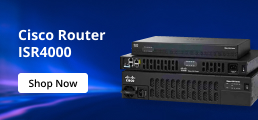








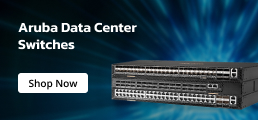
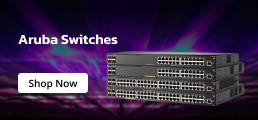










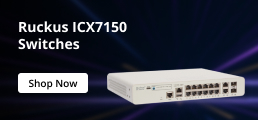
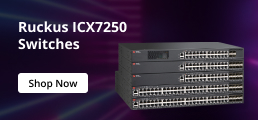




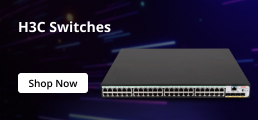





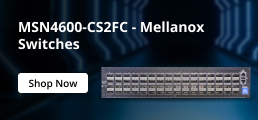













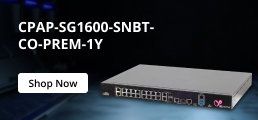























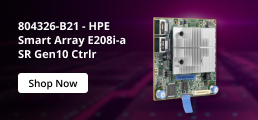





































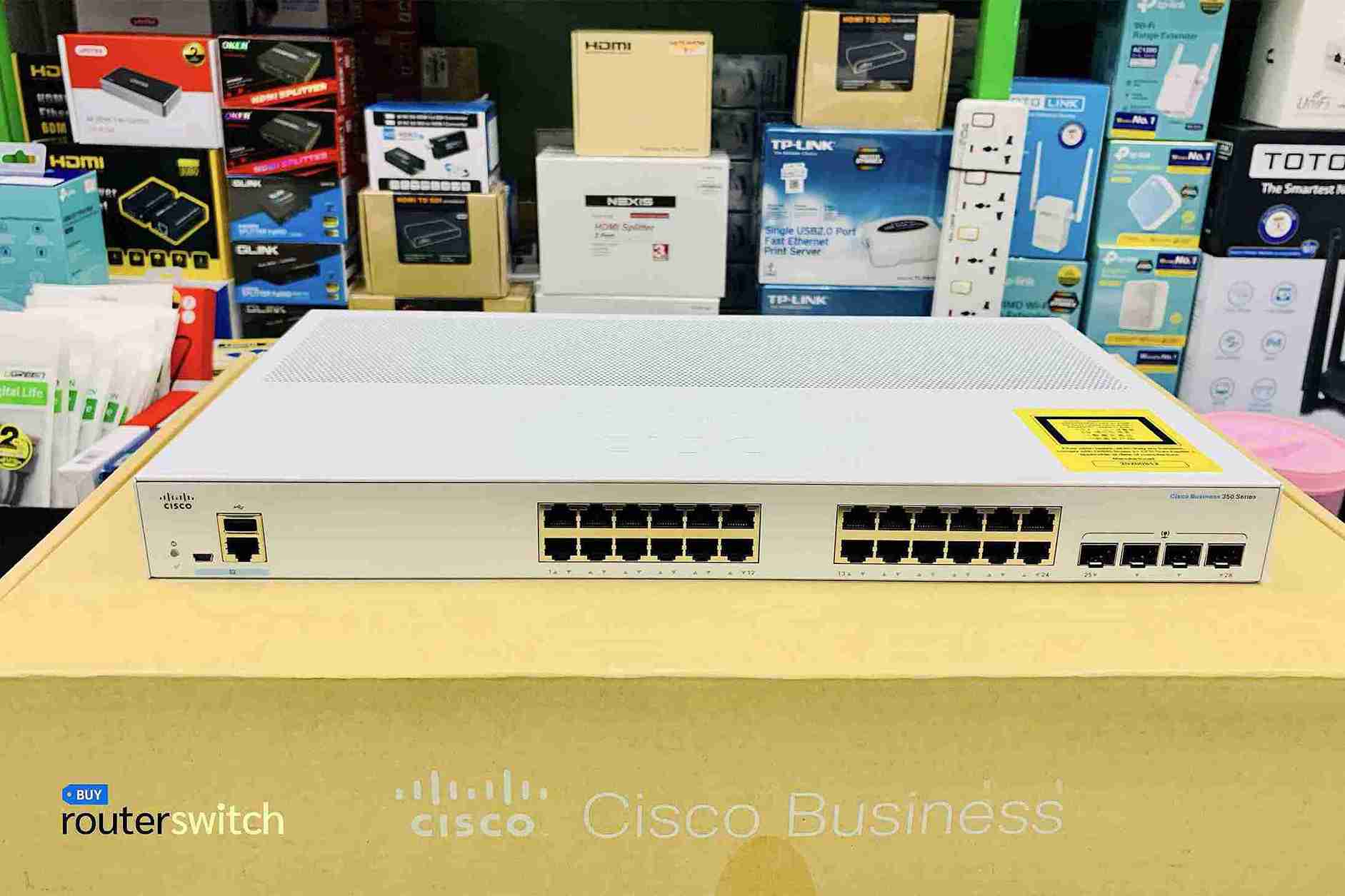

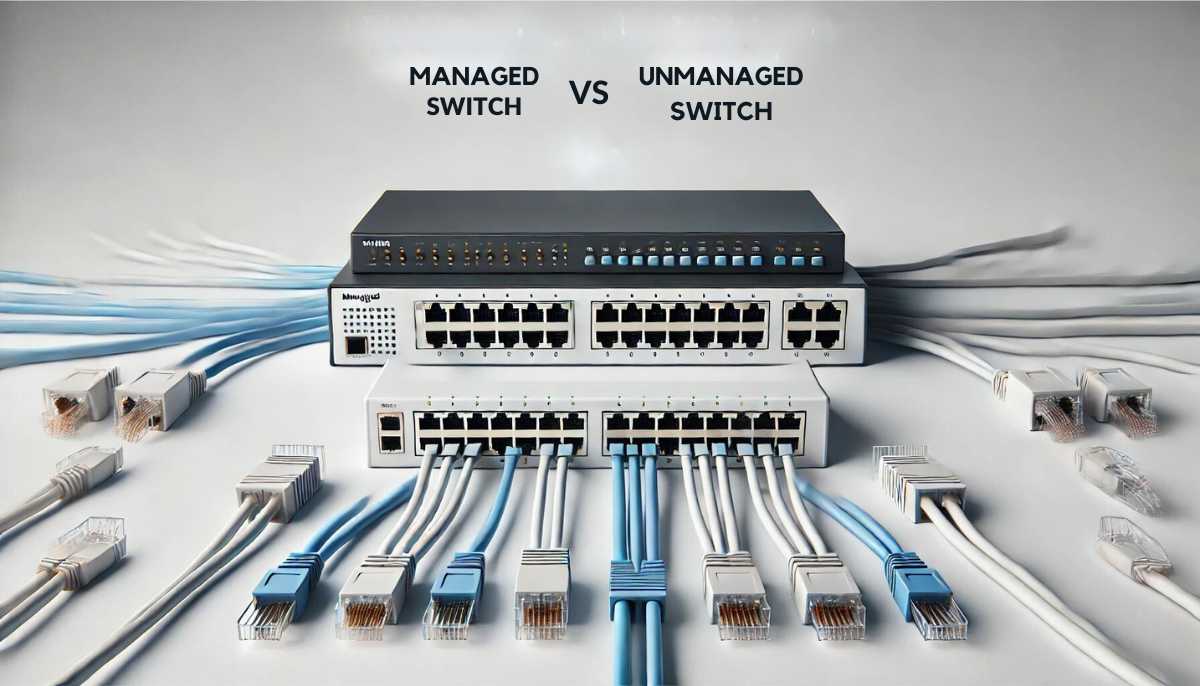




 (800) 870-9487
(800) 870-9487